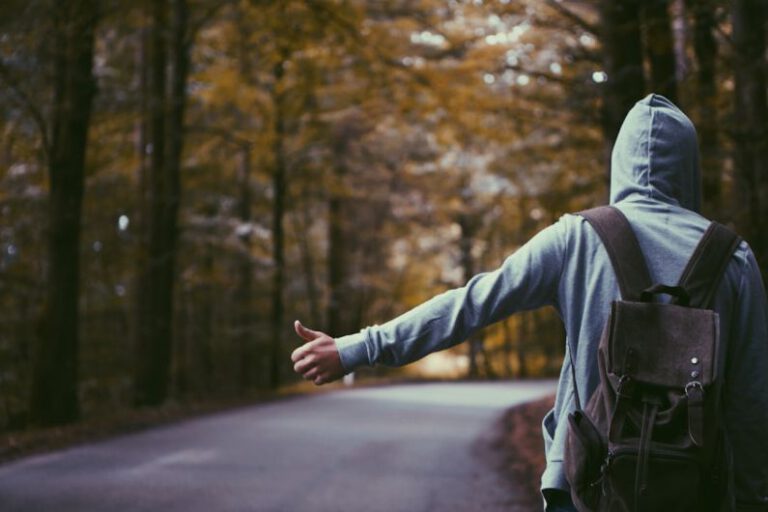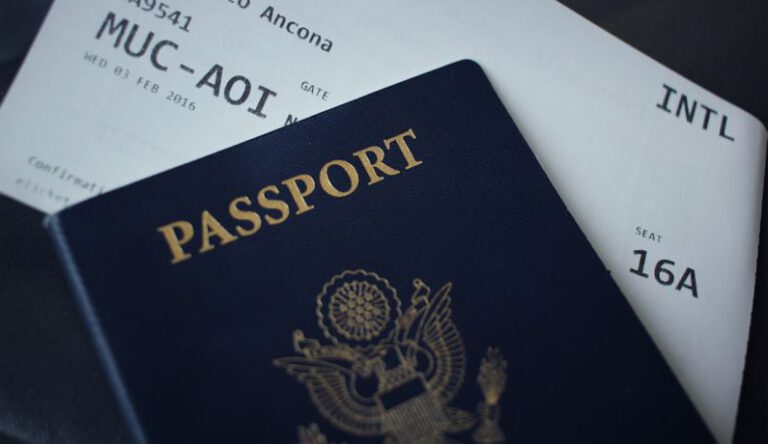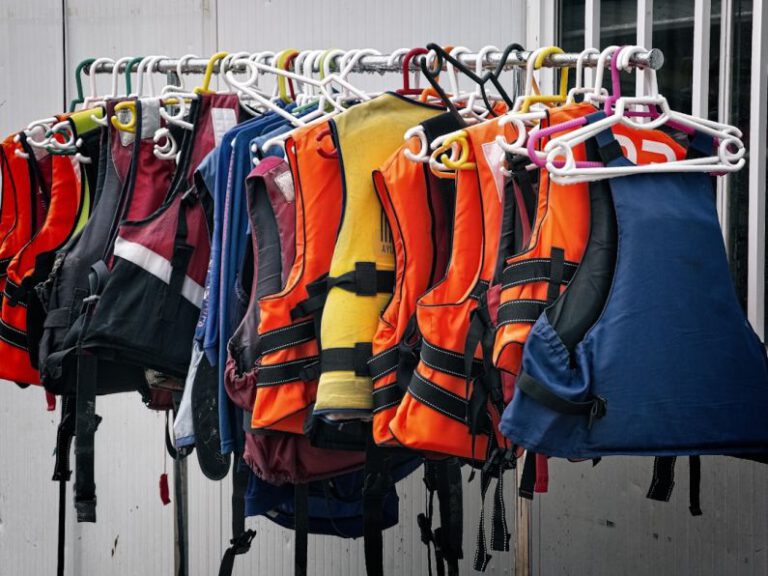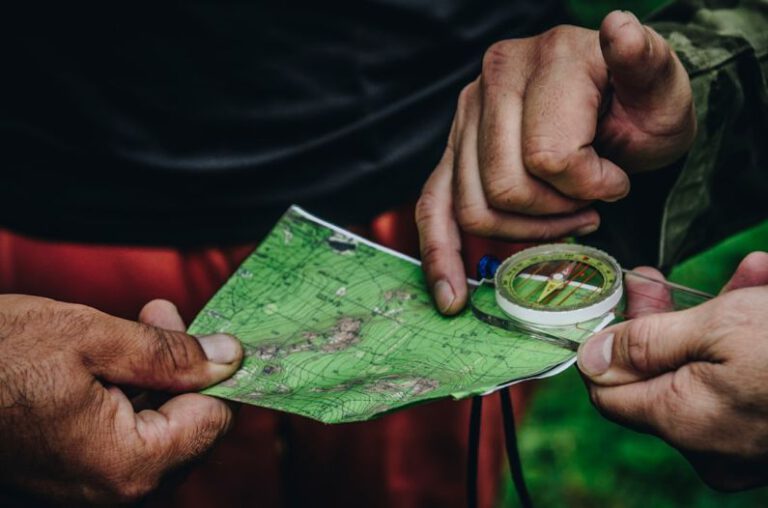How to Take the Best Travel Photos?
Traveling is an exhilarating experience that allows us to explore new places, cultures, and landscapes. Capturing these moments through photography is a way to preserve memories and share our adventures with others. However, taking the best travel photos requires more than just pointing and shooting. With a few simple tips and techniques, you can elevate your travel photography game and capture stunning images that truly encapsulate the essence of your journey.
Choosing the Right Equipment
When it comes to travel photography, having the right equipment can make a significant difference in the quality of your photos. While smartphones have become increasingly advanced in their camera capabilities, investing in a good quality DSLR or mirrorless camera can offer you more control over your shots and produce higher-resolution images. Additionally, consider bringing along a versatile lens that can capture a variety of scenes, from wide-angle landscapes to close-up details.
Making use of Natural Light
One of the key elements of photography is light, and natural light can significantly impact the mood and quality of your travel photos. The golden hours of sunrise and sunset provide soft, warm light that can enhance the colors and textures of your subject. Avoid harsh midday sunlight, which can create strong shadows and overexposed highlights. Experiment with different angles and positions to make the most of the available light and create visually compelling compositions.
Composition and Framing
Composition is a fundamental aspect of photography that can transform an ordinary shot into a visually striking image. When framing your travel photos, consider the rule of thirds, which involves dividing your frame into nine equal sections and placing your subject or focal point along the intersecting lines. This simple technique can add balance and interest to your photos and draw the viewer’s eye to the most important elements of the scene. Experiment with different perspectives, angles, and framing to create dynamic compositions that tell a story and evoke emotion.
Capturing Authentic Moments
Travel photography is not just about capturing beautiful landscapes or iconic landmarks; it’s also about documenting the essence of a place through its people, culture, and everyday life. To capture authentic moments, try to blend in with the local surroundings and observe the interactions and emotions unfolding around you. Candid shots often convey a sense of spontaneity and intimacy that posed images lack, so be ready to capture fleeting moments that reflect the true spirit of your destination.
Editing and Post-Processing
Editing is an essential part of the photography process that allows you to enhance your images and give them a professional finish. Whether you prefer to use editing software like Adobe Lightroom or mobile apps like VSCO, focus on enhancing the colors, contrast, and sharpness of your photos while maintaining a natural look. Avoid over-editing your images, as this can lead to unrealistic and unnatural results. Experiment with different editing techniques and presets to find a style that complements your vision and enhances the mood of your travel photos.
Sharing Your Story
Once you’ve captured and edited your travel photos, don’t let them sit on your camera or hard drive. Share your images on social media platforms, photography websites, or personal blogs to showcase your adventures and inspire others to explore the world. Add captions or short narratives to provide context and personal insights into your photos, allowing viewers to connect with your journey on a deeper level. Engage with other photographers and travelers to exchange tips, feedback, and experiences, creating a vibrant community of like-minded individuals passionate about travel and photography.
In conclusion, taking the best travel photos requires a combination of technical skills, creative vision, and a keen eye for detail. By choosing the right equipment, mastering natural light, focusing on composition and framing, capturing authentic moments, editing your images, and sharing your story with the world, you can create a compelling visual narrative that reflects the beauty and diversity of your travels. Embrace the creative process, experiment with different techniques, and most importantly, have fun capturing moments that will last a lifetime.






